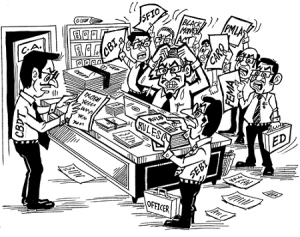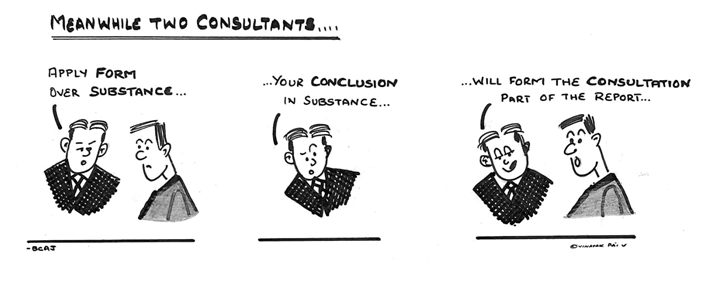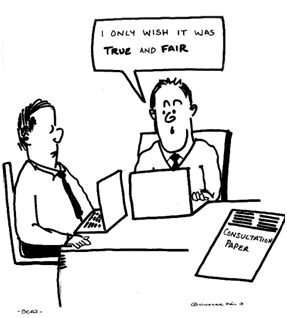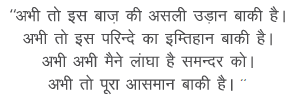The enactment of the Income Tax Act, 2025, replacing the 1961 law, was expected to be a turning point in India’s economic history. After decades of functioning under a law designed for a socialist economy of the 1960s, taxpayers, investors and professionals anticipated a modern, simplified, and growth-oriented framework. Instead, what emerged is a repackaging of the old law with linguistic modernisation. The essence remains unchanged—an example of “old wine in a new bottle”, may be with some fizz. More troubling is the continuation of contradictory policy-making, where incentives are offered with one hand and clawed back with the other. This perpetuates uncertainty, fosters litigation, and erodes confidence in the stability of India’s tax regime.
CONFUSION IN POLICY MAKING
The core issue lies not in drafting style but in the confused approach of Indian tax policy. For decades, the government has introduced exemptions, deductions, and incentives, only to dilute or withdraw them through counter-provisions. This cycle undermines the very objective of incentives. Unfortunately, the 2025 Act has done little to change this mindset, merely replicating contradictions under a new facade.
CORPORATE EXEMPTIONS VS. MAT
A prominent example of contradiction is the Minimum Alternate Tax (MAT). Companies have historically enjoyed various incentives, such as accelerated depreciation, SEZ benefits, and R&D deductions. Yet MAT ensures that even after availing these, companies must pay tax on book profits, with eventual credit available only after long delays. The 2025 Act retains this framework, leaving businesses uncertain whether to plan around incentives or assume MAT will negate them. The coexistence of MAT and corporate incentives symbolises the persistence of policy confusion.
INDIVIDUAL EXEMPTIONS VS. NEW TAX REGIME
For individuals, complexity remains. The law retains exemptions and deductions like HRA, LTA, 80C, health insurance, and housing interest—marketed as tools for savings and social goals. Simultaneously, it continues to offer a “simplified” concessional regime with lower rates but no exemptions. Taxpayers
must choose between the two annually, creating a duality that fosters arbitrage and uncertainty. If exemptions serve a social purpose, why neutralise them with a new regime? If simplicity is desired, why preserve the old? The contradictory design continues unresolved.
MULTIPLICITY OF CORPORATE TAX REGIMES
The corporate landscape has multiple tax regimes: a standard 30% rate, 22% concessional rate without exemptions, 15% rate for new manufacturing units. Instead of predictability, this multiplicity complicates decision-making. Companies must
assess not just economic feasibility but also how structural choices impact tax regime eligibility. Uniformity—a cornerstone of stable tax systems—is thus absent.
TDS PROVISIONS
Over the period of time, the scope of Tax Deduction at Source (TDS) has expanded excessively. The provisions continue in the new law as well. TDS is often levied at higher rates irrespective of final liability, leading to refund cycles, liquidity crunch, and administrative burden. While projected as a compliance tool, in effect it operates as an interest-free loan to the government, locking taxpayers’ funds unnecessarily.
FACELESS ASSESSMENTS
The government touts faceless assessments as a reform for transparency and reduced harassment. In reality, discretion and subjectivity persist. The system is described as not just faceless but sometimes “heartless” or even “thought-less”, as it lacks sensitivity and application of mind. Thus, the reform is cosmetic rather than substantive.
LITIGATION CONTINUES UNABATED
One of the greatest flaws of the 1961 Act was the massive litigation it spawned. Each Finance Act added ambiguities, creating grounds for disputes. The 2025 Act was expected to break this cycle through clarity, yet it reproduces many of the same ambiguous provisions. Already, new reassessment provisions have triggered over one lakh writs in High Courts, burdening the Supreme Court as well. Though higher thresholds for departmental appeals have provided some relief, excessive drafting complexity and aggressive departmental appeals ensure litigation remains “business as usual”
BROADER IMPLICATIONS
India’s growth story requires tax law that enables aspiration, investment, and integration with global markets. Instead, the 2025 Act replicates the rigidity and contradictions of the past. A trust deficit between taxpayers and authorities continues, with policy uncertainty deterring both domestic and foreign investment. It seems that the reform that was promised—a modern, principle-based, globally aligned framework—has been deferred.
CONCLUSION
The Income Tax Act, 2025 represents continuity rather than change. By retaining contradictions such as MAT vs. incentives, dual regimes for individuals, multiplicity of corporate tax rates, excessive TDS, and ambiguous drafting, it misses the chance to simplify and stabilise the tax system. The result is a law that perpetuates confusion, litigation, and distrust. True reform
would require not just rewriting but a fundamental change in philosophy: replacing complexity with simplicity, contradictions with clarity, and distrust with stability. Until then, Indian taxpayers will continue grappling with an uncertain system under the guise of reform.
Best Regards,
CA Sunil Gabhawalla
Editor

















